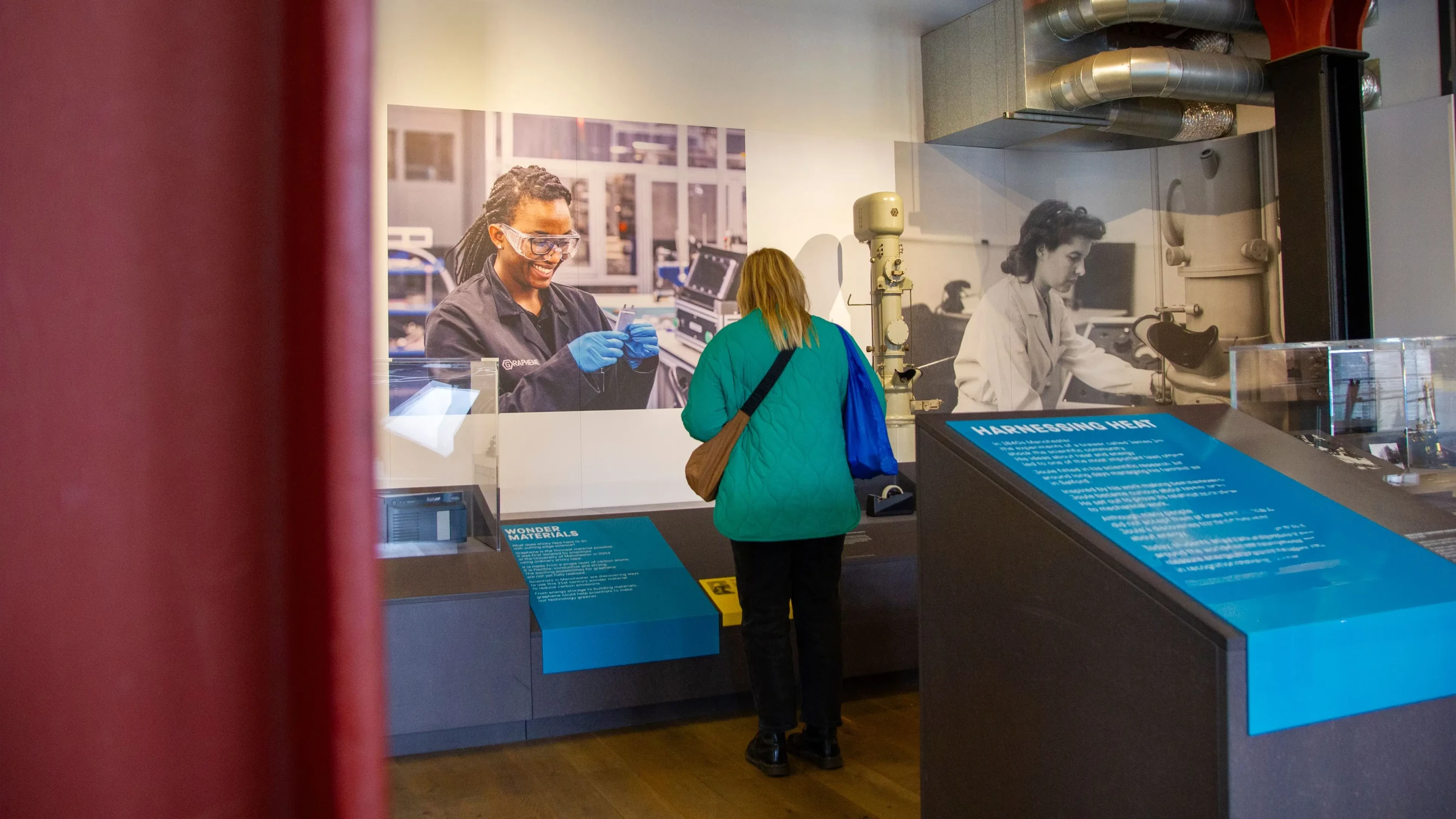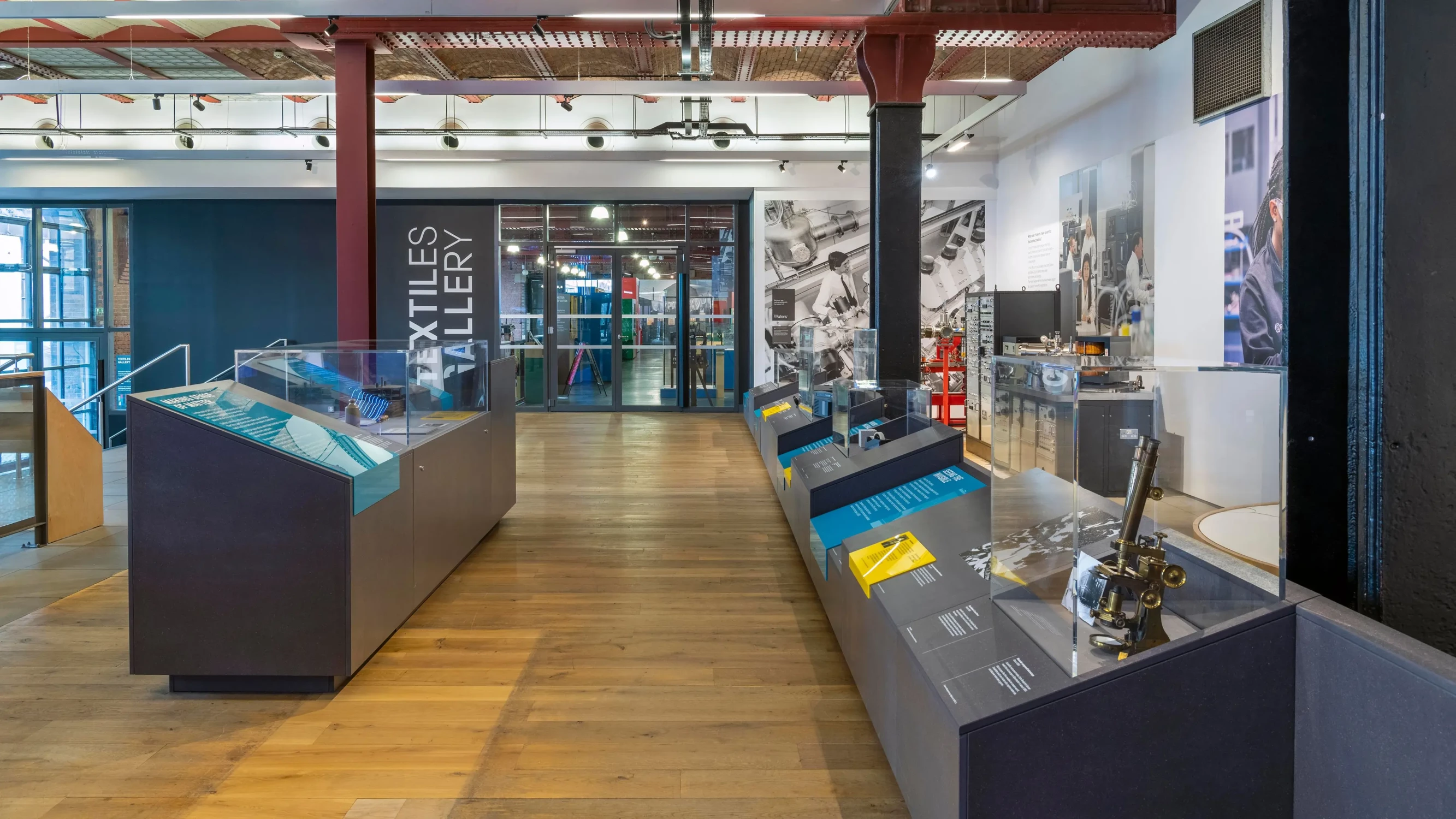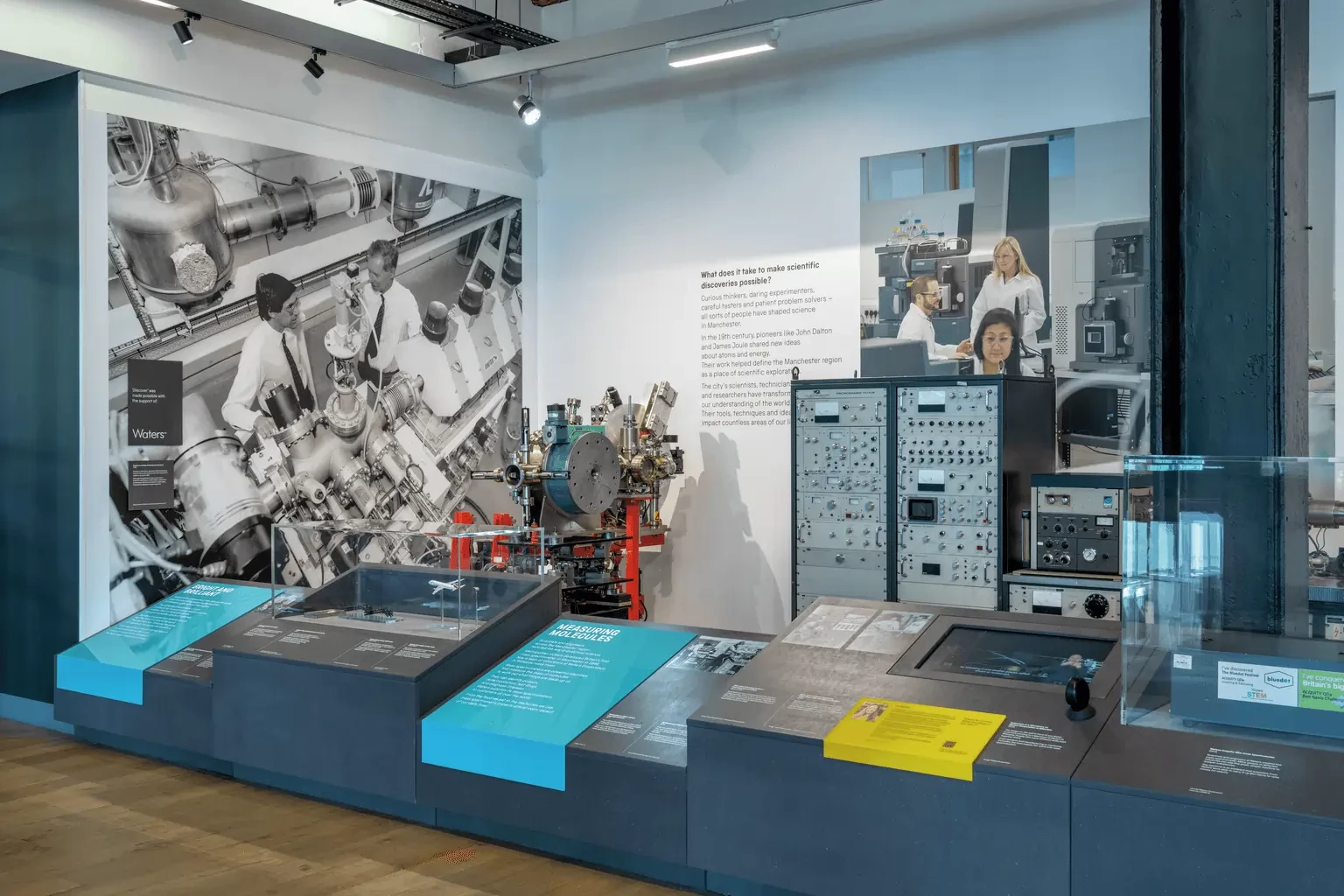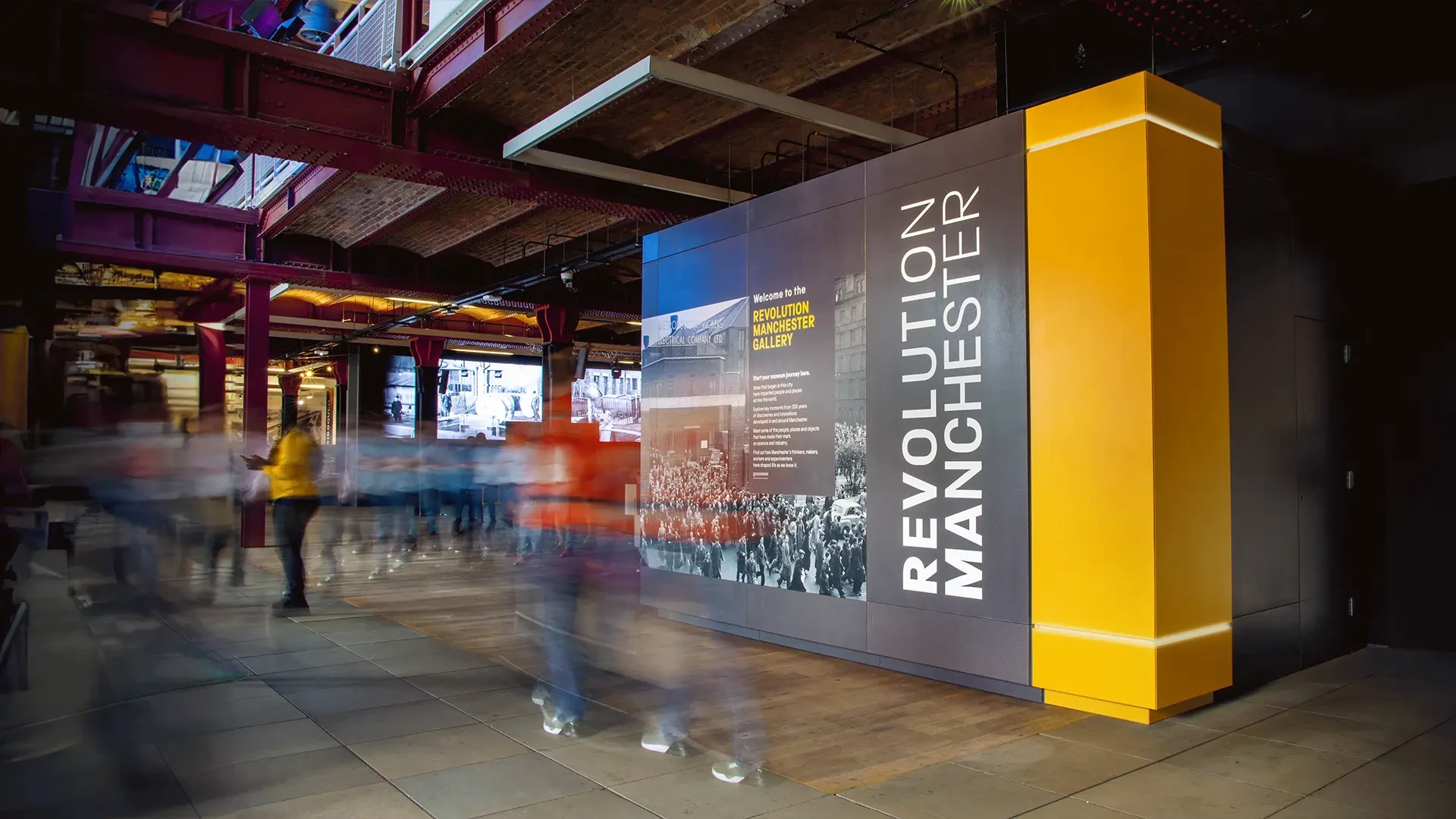
Revolution Manchester Gallery
The Science Museum Group
Field with Peter L. Dixon Design
The Science and Industry Museum in Manchester inspires visitors with exhibitions of industrial technology and science, exploring the connections between science and technology through the ages with the modern world. The Revolution Manchester gallery is housed in the “oldest surviving passenger railway station, in the heart of the world’s first industrial city” (Science and Industry Museum, 2023).
After successfully winning a competitive pitch, Field were appointed to redesign the Revolution Manchester Gallery housed in a Grade II listed building showcasing Manchester's rich legacy of industrial innovations, scientific discoveries and ideas that started life in Manchester and went on to change the world. Revolution Manchester is a permanent conference space and exhibition exploring Manchester’s engineering history. As creative lead, Field had a great opportunity to celebrate the fabric of the building, whilst marrying the space with the narrative and objects associated with Manchester’s creative, technical and world-beating innovations.
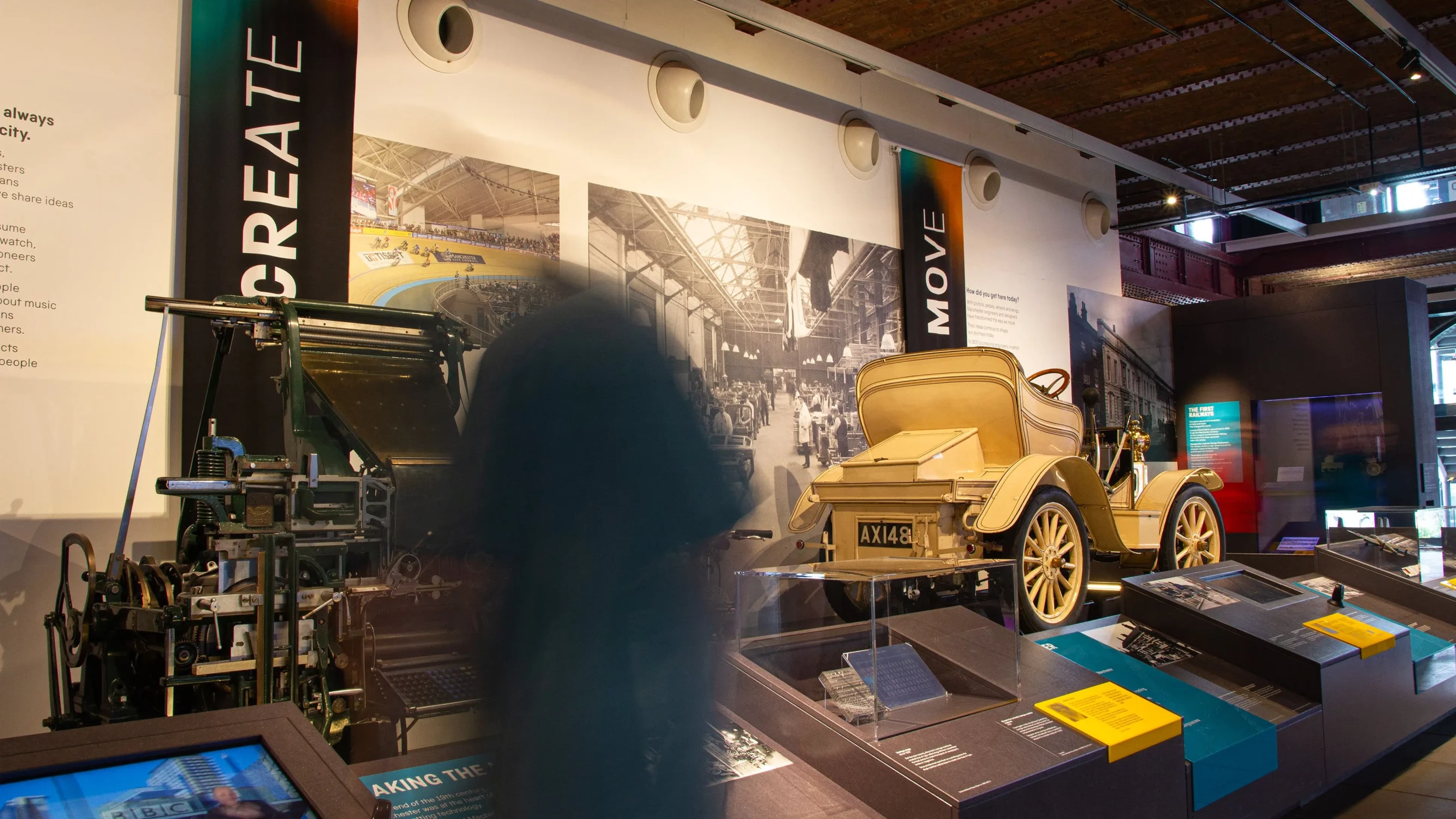

“This site was the original terminus of the world’s first inter-city railway and our characteristic 1830 Warehouse epitomises Manchester’s 19th-century reputation as the 'warehouse of the western world'.” (Science and Industry Museum, 2023)
The location and historic context of the site made the space critically important to the collection, whilst offering design challenges associated with listed building consent. The gallery space acts as a conduit to the other gallery spaces on the site, and serves the purposes of setting the scene for what is to come in the further reaches of the museum.
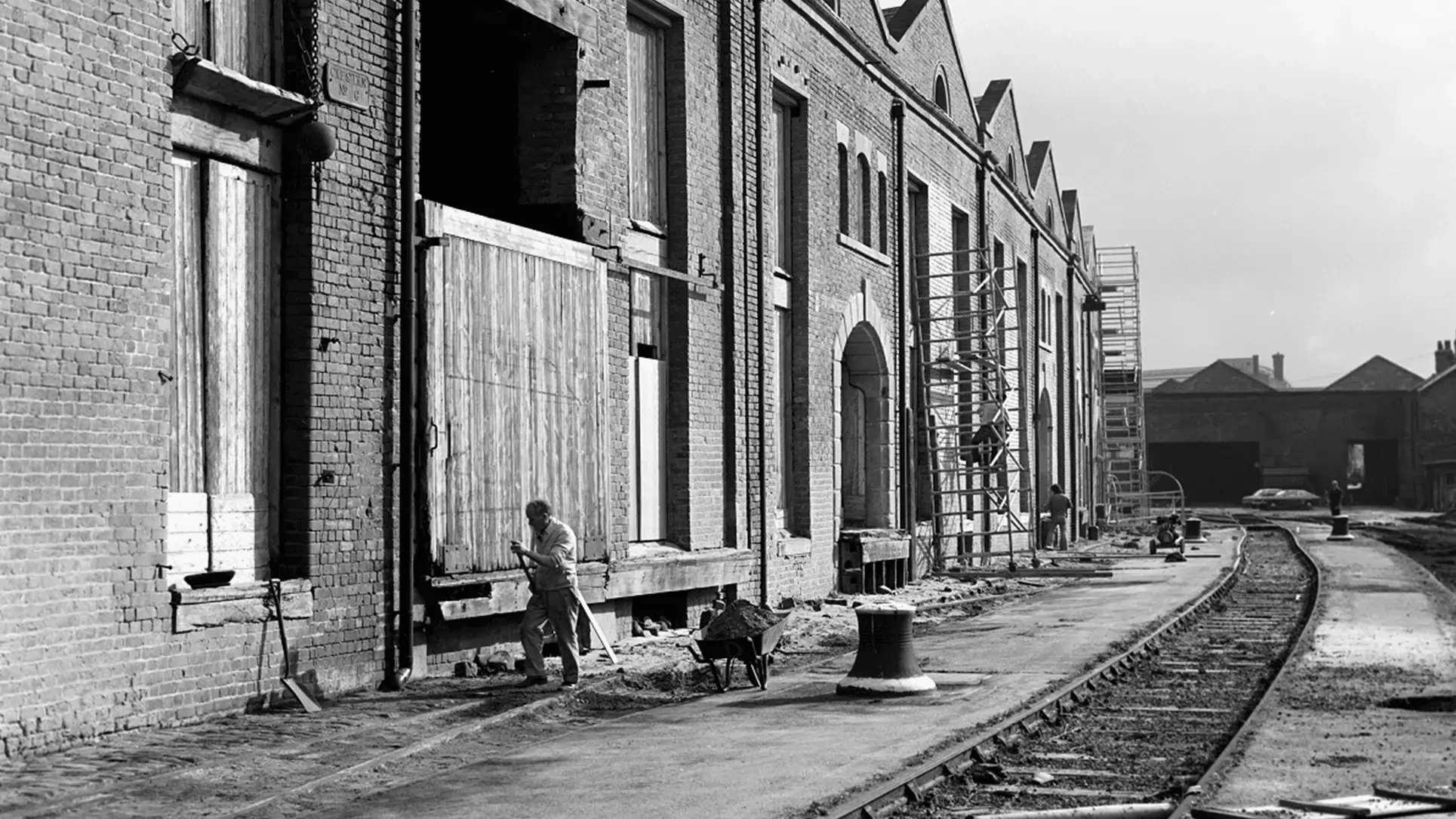
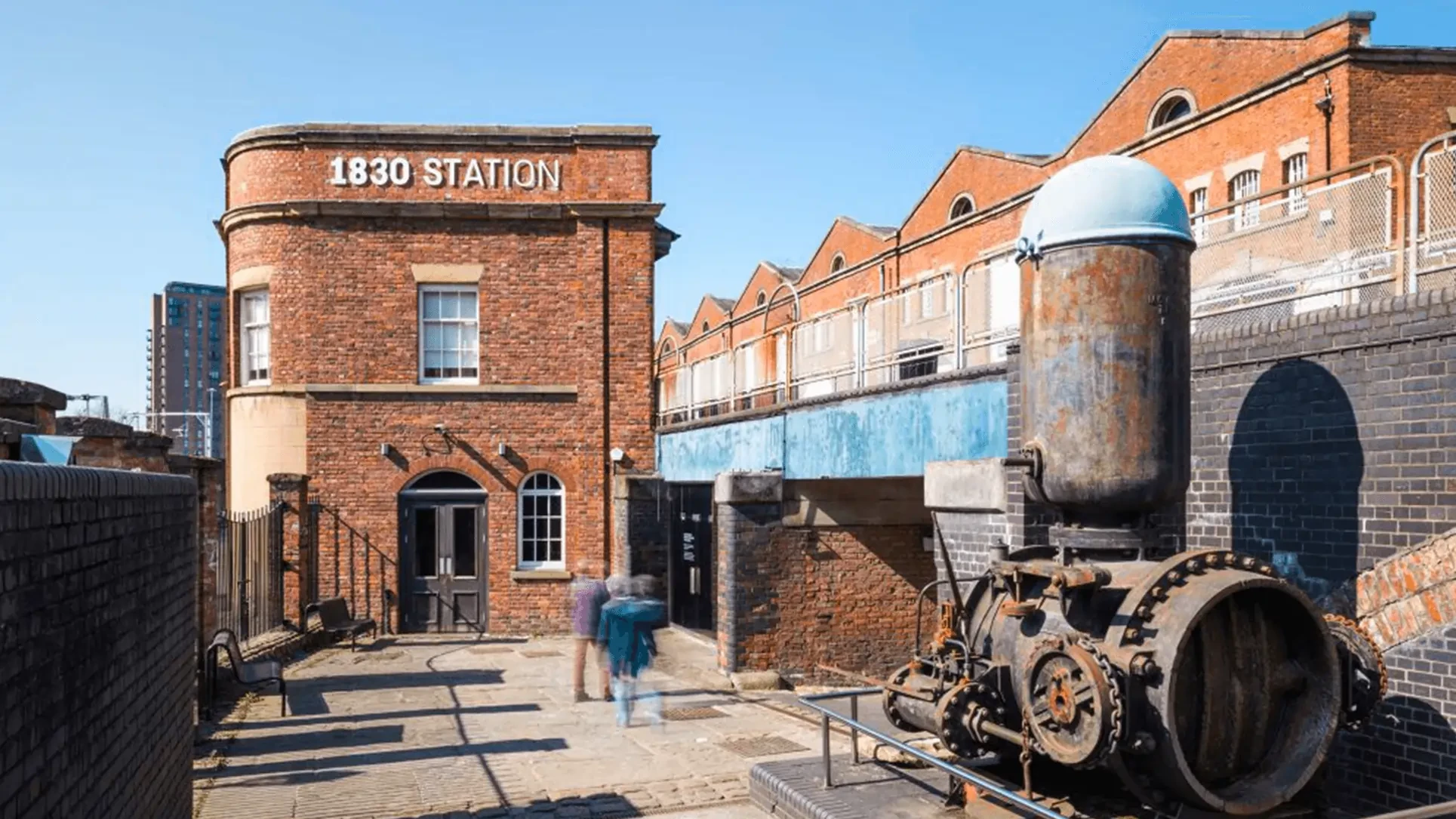
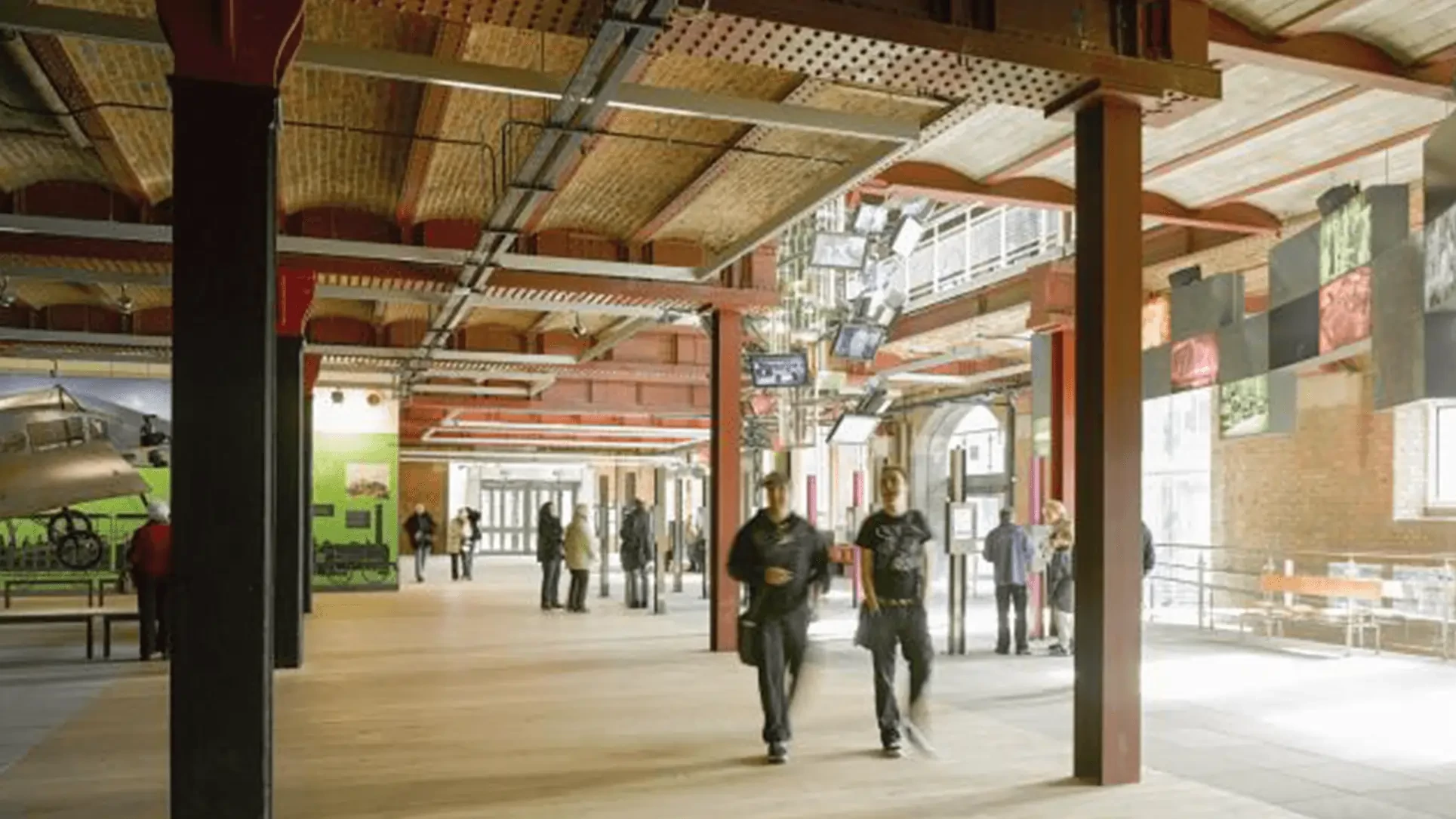
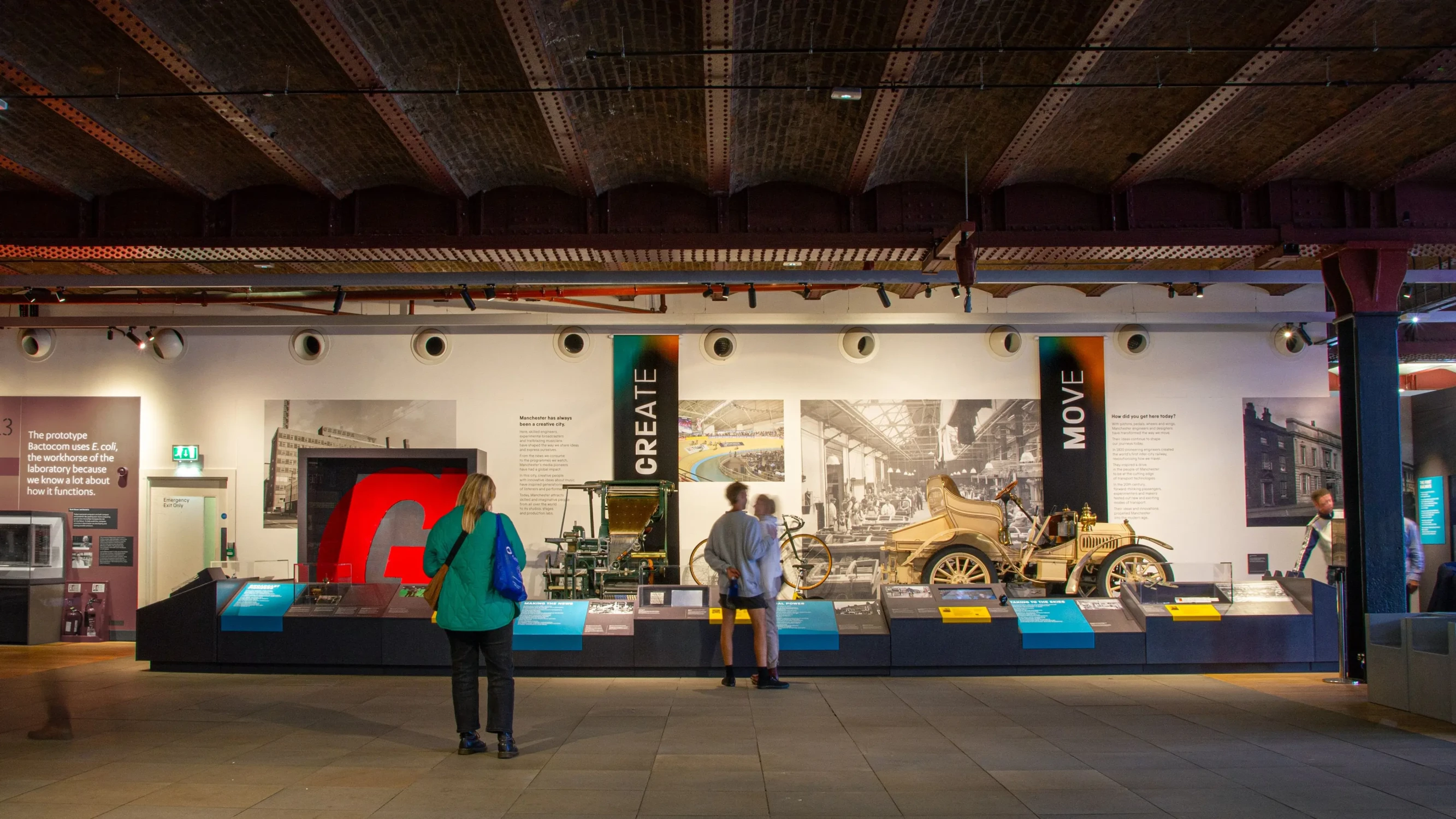

Angus MacKenzie, Head of Design, FieldWhen establishing gallery systems, materials and colour palette at the beginning of the project, we were sure to let the status and features of the building guide this process. This resulted in a harmonious – but not overly dominant display – which in turn allowed the narrative and content to come to the forefront for visitors. Tones and features in the building complemented our new interventions and vice versa. This was something we were particularly pleased with.
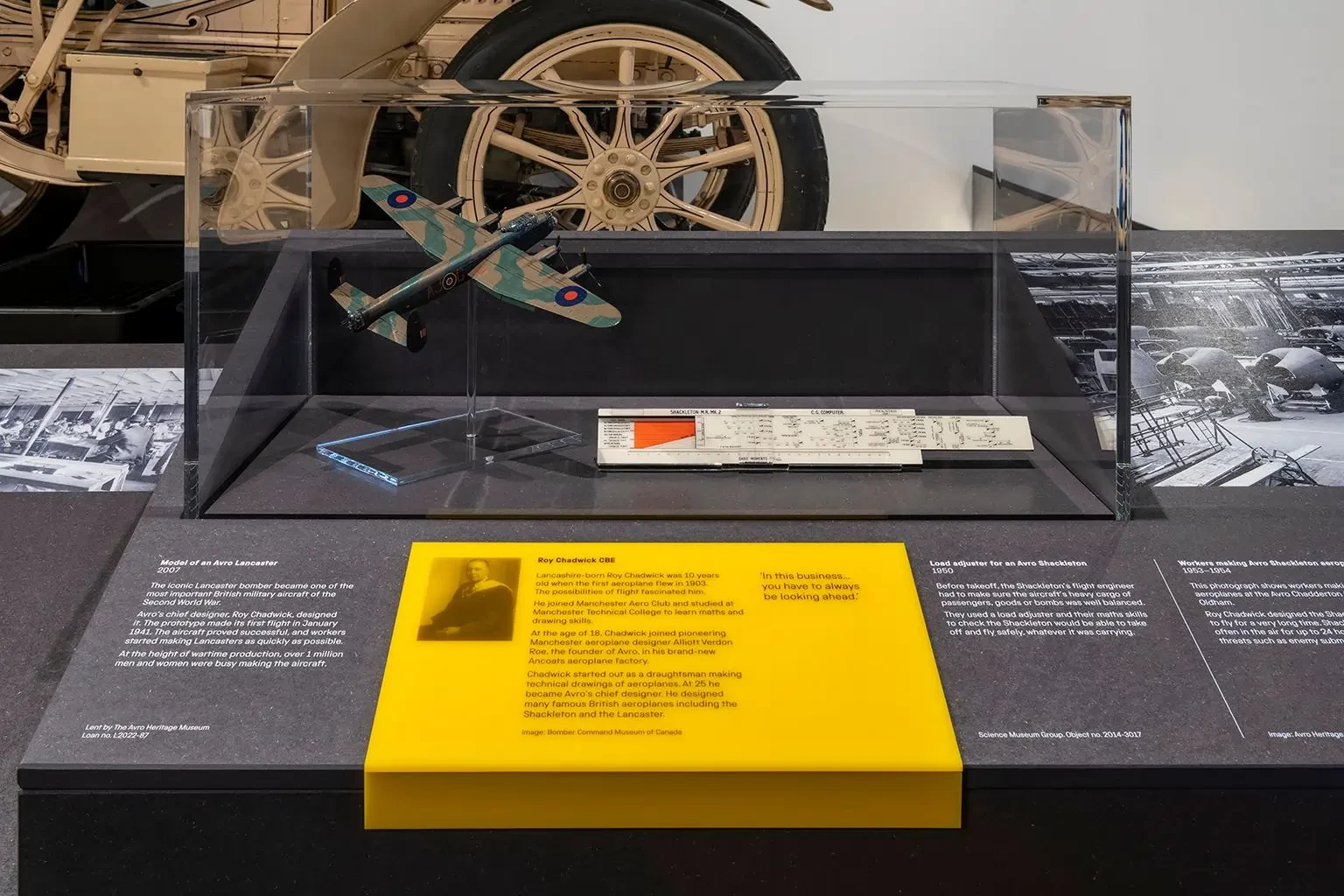
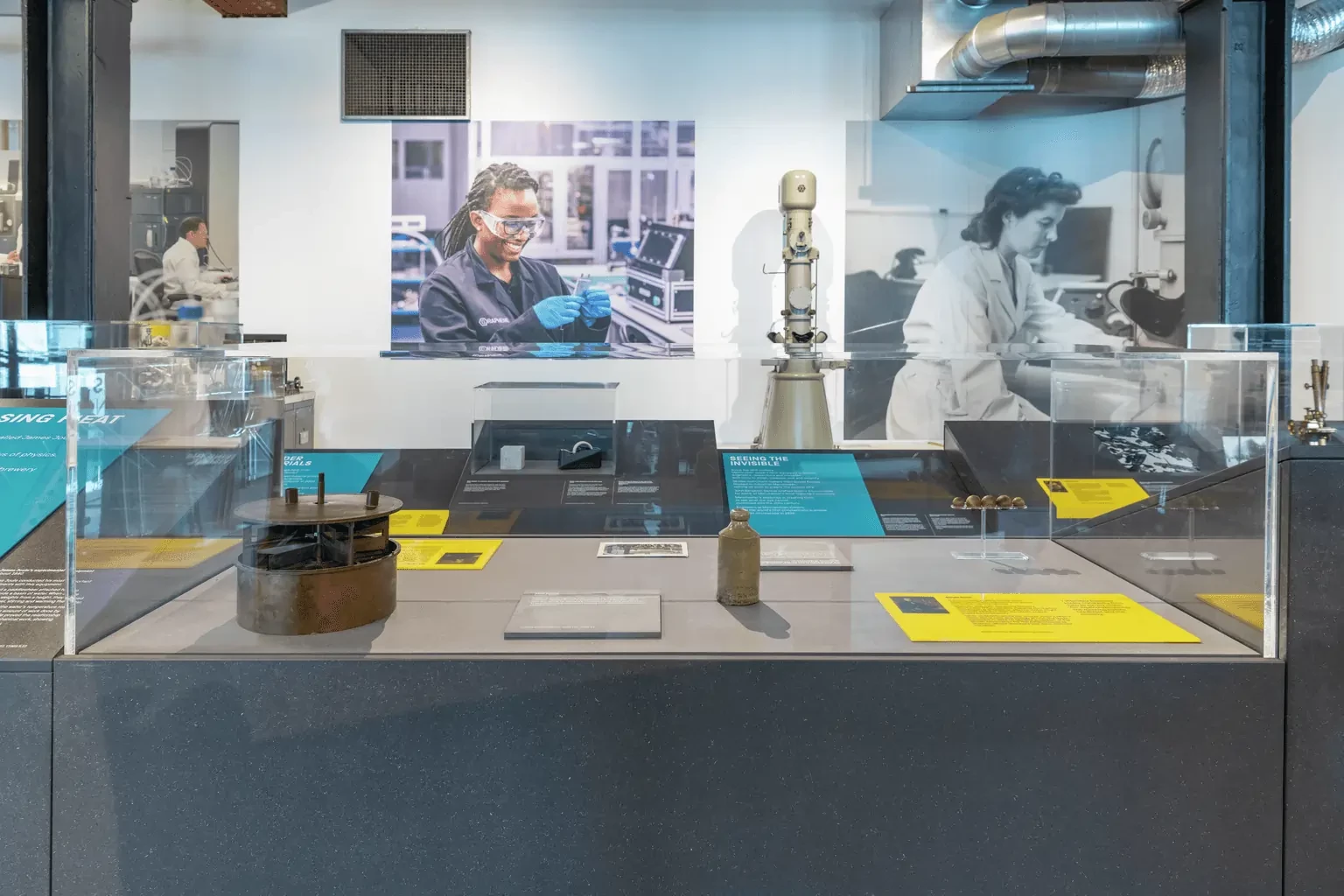

Over a two year period, Field created a detailed and collaborative design strategy with four key principles: context; clarity; unity and flexibility and modularity. Our proposed approach was born out of a close working relationship with the museum team to identify and prioritise the overall strategy and implementation of the gallery. The aim was to capitalise on its existing features, and to refine, reuse and adapt where possible – whilst providing new and engaging interpretive design solutions. This approach embraced Field's principles of reuse and re-appropriation, alongside sustainable and long lasting material approaches, to ensure the gallery will stand the test of time.
"When working on a project of this nature you find yourself being pulled into the stories of every object, and particularly exciting for me was the opportunity to work with the world’s first stored programme computer, Baby (12 June 1948). As a designer and computer geek, opportunities like this don’t come around very often” Jonathan Briggs, Creative Director, Field
The result is a clear and coherent gallery space that is beautifully crafted, sympathetically designed and embraces everyone, with accessibility and inclusion at the heart of the design. There is a clear connection between the objects on display and the people who create, benefit and continue to grow Manchester's next industrial and creative revolution.
